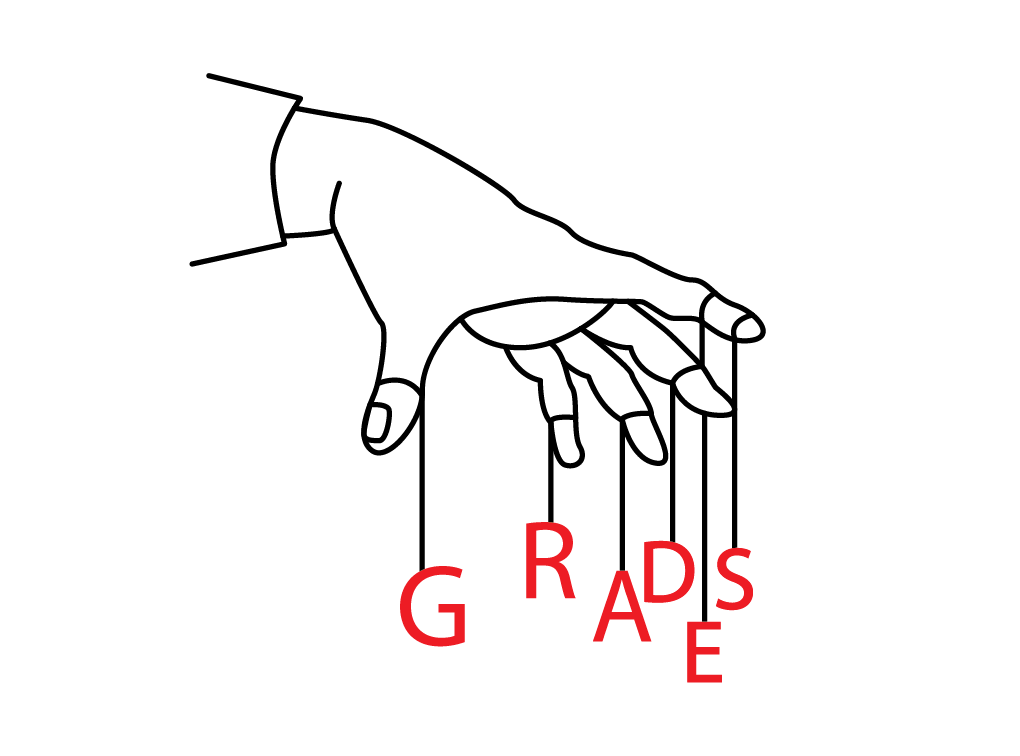3D TV
Three-dimensional media is forming a new industry, but the technology is old. Since its start, 167 years ago, 3D images have been eye-popping. Today, high definition screens are turning an old trick into a new wonder. 3D has been brought to pictures, movies, and even video games. Electronics companies are trying to find a foothold that will launch 3D into the everyday consumer’s home.
The first 3D images appeared on paper cards held in front of Stereoscope. These stationary images delighted viewers, but there weren’t any opportunities for profit. By the 1900s, 3D “moving pictures†were a reality; however, it was much later that 3D saw its chance for glory. With post-war, modern America, many people bought TVs. The potential for selling 3D to households became a reality. Today, 3D has the perfect environment to grow in. The economy is climbing out of its recession, and TVs are available to most families. The question isn’t when, but how.
3D Movies
Most people have been to a 3D movie. The extra charge for the glasses is a pain, but the effect is stunning. Not only does 3D add a sense of depth to films, but the surround sound in most theaters adds to that feeling. Movies are arguably the best use of 3D because the director can use the technology to add new meaning to films. With sports, 3D makes the plays more spectacular, but it doesn’t add any meaning. Movies have the ability to use 3D as an art, giving them an edge over other forms of 3D.
3D TVs
The biggest buzz generated by 3D is using it in TVs. I decided to check it out myself at Best Buy.
My first impression was annoyance. Trying to get the glasses to work was a pain because, unlike at the movie theater, the glasses used for TVs need batteries. They also need to be turned on, and it can be a challenge to find the power switch on a pair of glasses. Bigger troubles plague the glasses. For instance, they aren’t compatible between brands. Some TVs don’t even come with glasses; they must be bought separately.
Once the glasses have the right batteries, are turned on, and are working with the right TV, everything else falls into place. I was amazed by the quality of the 3D. The best part was, I was standing only a few feet away from the screen, so I felt immersed. With movies, the viewer sits far back, so the 3D isn’t as immediate.
3D TVs are still far off from being a common appliance. The biggest challenge holding them back is the price, which often times runs over $1000. It would be a shame to buy an expensive TV, only to have it outdated the next month by the improvements in 3D. Despite the initial drawbacks, 3D TVs are gaining momentum. After all, it took a while to sell color TVs.
3D Gaming
The latest and greatest in 3D is gaming. While consoles have been slow to move into this area, handheld gaming has taken up the initiative. Nintendo’s newly released 3DS features two screens, one of which is 3D. The handheld gaming system, costing more than an Xbox 360, brings a glasses-free approach to 3D.
My visit to Game Stop let me play around with the gaming system myself. Not having to wear glasses was a relief, but the downside was when I didn’t hold the 3DS at the right angle I lost the effect. The no-glasses screen made 3D seem to have depth, rather than stand out. I felt like I was peering in on a tiny world inside of the game. The 3Ds featured a slider on the side that allowed the gamer to adjust the level of intensity of the 3D.
While Nintendo cashes in on their new gadget, other companies will be busy trying to make their own versions. As a gamer myself, I see the greatest potential for first-person shooters, a game style that sells itself by immersing the player into the world of the game. Nothing immerses the player more than making each building and character literally stand out.
The Future of 3D?
All three of these areas hold great promise for 3D. The trick will be getting consumers to buy into the new technology. It will be expensive at first, and probably won’t look as good or work as well. As more 3D movies, TVs, and games sell, the technology will get better and cheaper. The next generation of movie-goers and gamers will be able to enjoy a whole new dimension. ⎫






